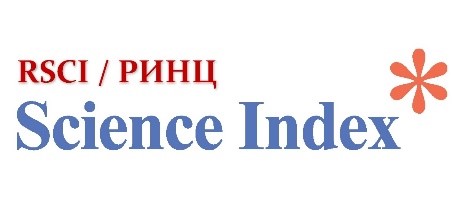Mathematical aspects of occupational risk and its classification considering statistical indicators
Views: 323 / PDF downloads: 280
DOI:
https://doi.org/10.32523/2616-7182/bulmathenu.2023/4.3Keywords:
occupational risk, labor statistics, frequency of accidents, level of industrial injury, , risk relevance sorting (ranks), variability rangeAbstract
Occupational risk emerges as a comparatively novel concept within the regulation of social and labor relations in the Republic of Kazakhstan, serving as an indicator of the risk for loss of work capacity or the death of an employee during the execution of their work-related (official) duties due to an occupational accident. This article elucidates the statistical aspects of оccupational risk content, affirming the mathematical ubiquity and the validity of the scientific framework employed. The methodological foundation for assessing оccupational risk incorporates universally accepted statistical methods for comparison, grouping, and systematisation through the juxtaposition of credible statistical data. The purpose of the study is to employ one of the mathematical approaches to categorise types of economic activity into classes of occupational risk within the mandatory insurance system against accidents for workers fulfilling their occupational duties. The application of machine learning theory with big data across 132 types of economic activities (two-digit, including some five-digit codes) facilitated the execution of a classification procedure, resulting in the segmentation into 22 classes of occupational risk. It revealed the necessity for introducing a five-digit classification and further detailing the types economic activities as the class of оccupational risk increases, such as including the five-digit codes 07101 "Underground mining of iron ores" and 43991 "Mine construction" into class 22 (the highest), delineating from the two-digit codes of the mining and construction industry accordingly. The scientific results were obtained within the framework of program-targeted funding by the Ministry of Labor and Social Protection of the Population of the Republic of Kazakhstan (scientific and technical program No. BR11965728 "Economic problems of safe work and institutional transformations of the insurance mechanism in the Republic of Kazakhstan").











